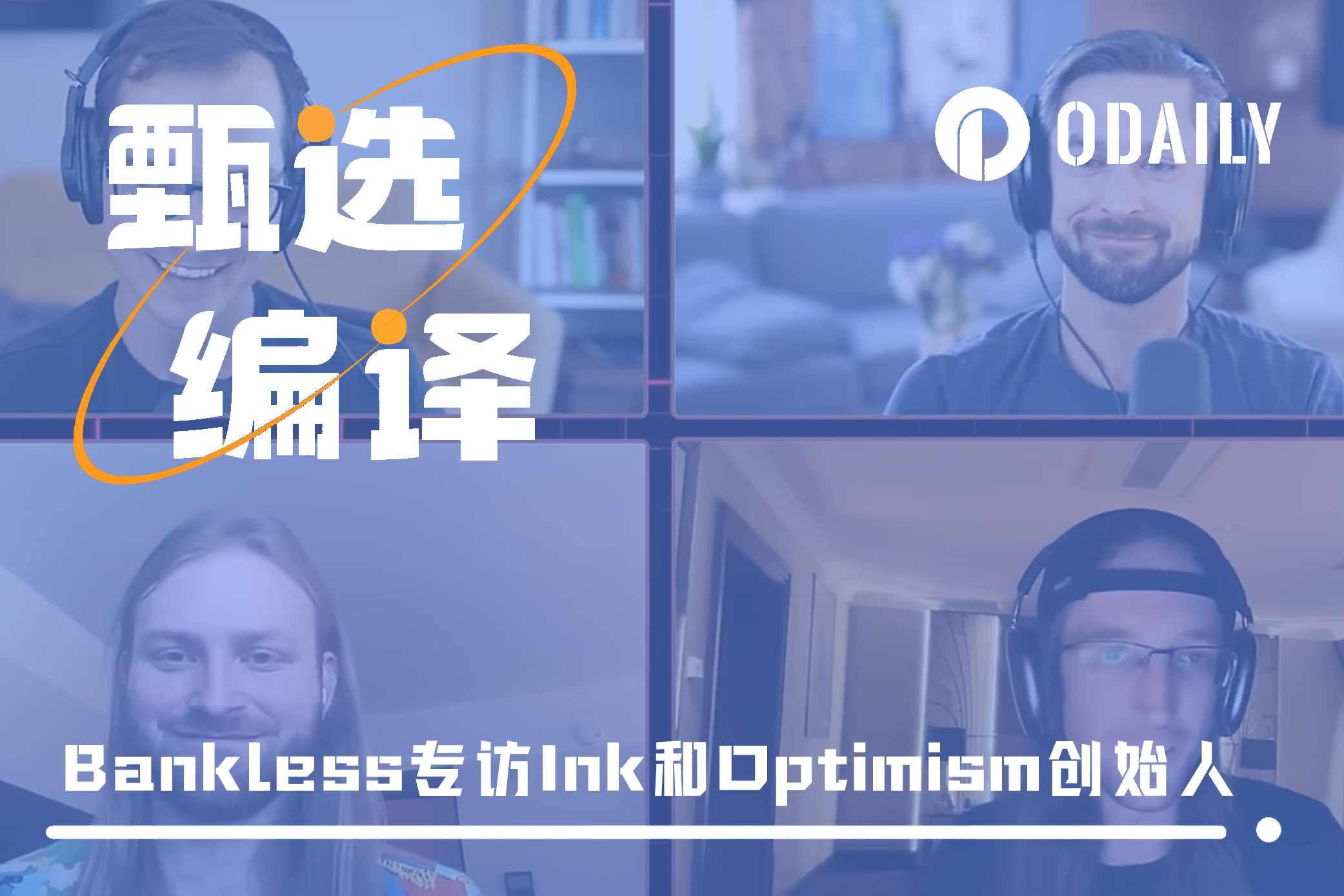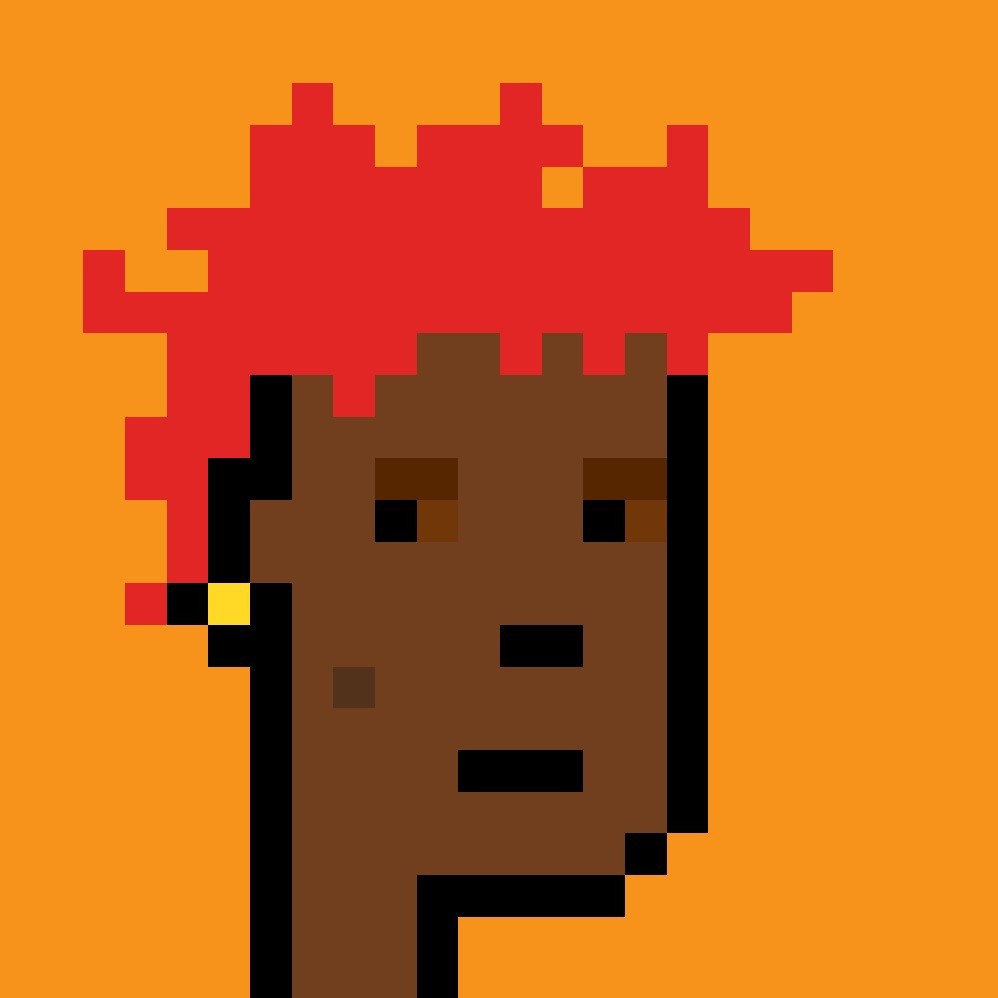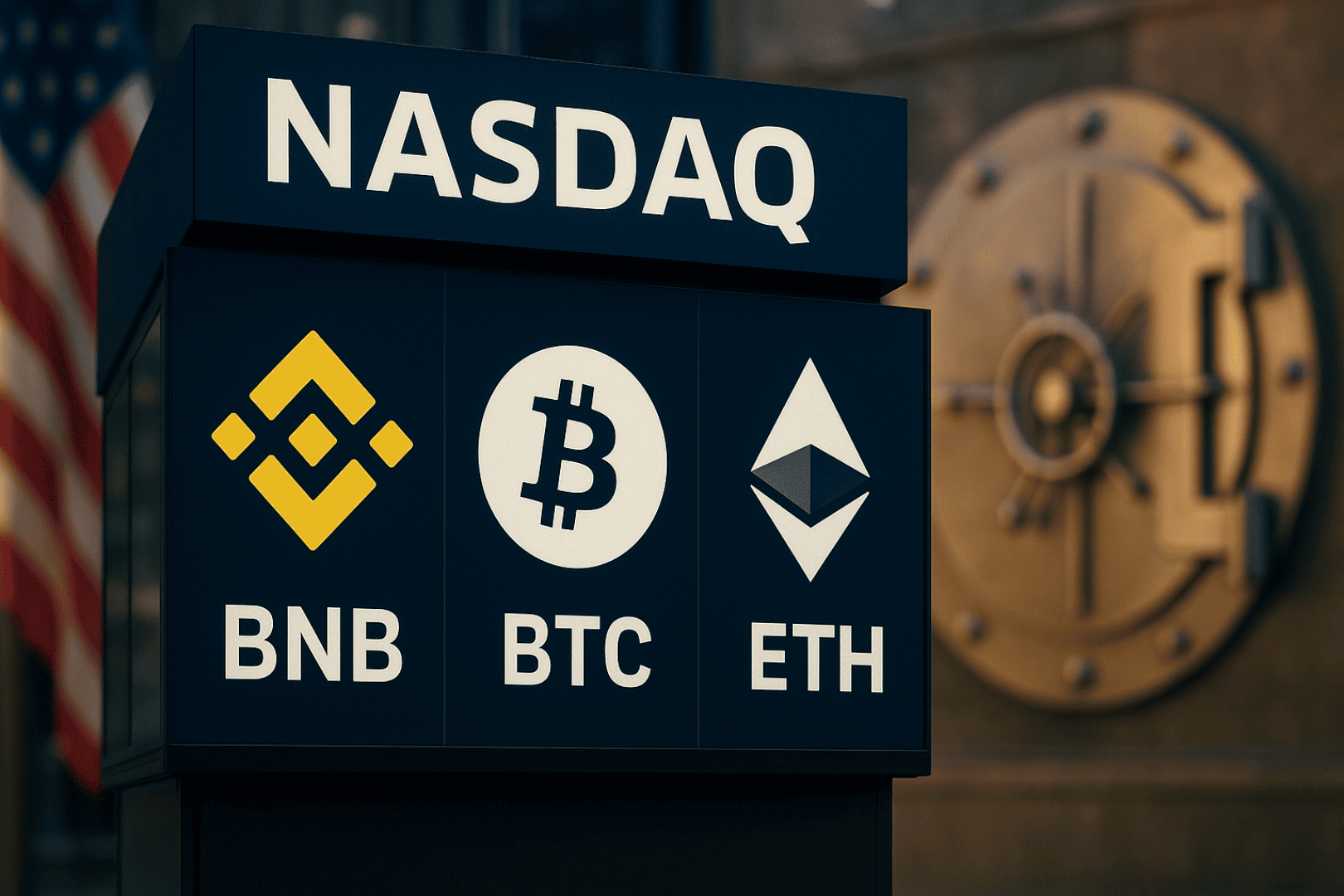Original article from Bankless
Compiled by Odaily Planet Daily Golem ( @web3_golem )

Editor's Note: Currently, mainstream exchanges have launched their own blockchains, such as Binance's BNB Chain and Coinbase's Base . On October 24, the well-known crypto exchange Kraken also announced the launch of Ink, an L2 based on OP Stack, and plans to launch a test network in 2 weeks. At the same time, Ryan and David, the two co-founders of Bankless, invited Ink founder Andrew Koehler and Optimism co-founder Ben Jones to be guests on the podcast. They not only talked with Andrew about the birth of Ink , the focus of the ecosystem and future plans, but also talked with Ben about the current core work and future development of Superchain.
In order to give readers an intuitive understanding of the full picture of Ink and Superchain, Odaily Planet Daily has specially compiled the key content of this podcast, enjoy~
Ink founder: Ink will focus on DeFi and has no plans to issue tokens yet
Ryan: First, please let Andrew Koehler, the founder of Ink, briefly introduce what Ink is?
Andrew: Ink is a new on-chain unit of Kraken. The idea of Ink was born a year ago when I was walking in Amsterdam with an old friend who was rehired. During the 5-hour walk, we were thinking about how to "move Kraken to the chain". So, various innovative experiments based on this idea began. At that time, we didn't name it yet. Later, we decided to call it Ink, which means writing your future.
We are bringing the great user experience that centralized platforms have to the chain. So Ink is the evolution of all our ideas and experiments, and we are working with Optimism to launch our own Superchain, which is centered around DeFi.
David: Is Ink just a business unit within Kraken, like Base is with Coinbase, or is it a separate entity?
Andrew: Ink is indeed a business unit within Kraken, but it can also be considered an independent entity because we have set up various new structures for it. It will be integrated with our Kraken wallet and will be committed to building on-chain DeFi, without centralized order books or KYC certification, etc.
I think many companies are trying to go on-chain now, and this integration is like the integration of TCP/IP protocols in the 90s. Obviously, centralized exchanges are the first to start doing this, but this trend will not stop at centralized exchanges. In the future, thousands of companies will have their own L2, and maybe one day Nasdaq will also join Superchain.
David: Ink plans to launch the mainnet in the first quarter of next year. The public chain is a permissionless ecosystem where DeFi and other applications can be built on the platform. So, from your perspective, what kind of applications do you hope to appear in this ecosystem?
Andrew: Initially, Ink will invite developers to build DeFi applications on the chain because they can make the user experience easier without having to deal with various bridges and multiple approvals that DeFi users have to endure before. After laying this foundation, we will also incubate some things so that other types of developers can participate. We also have a "hacker house" where developers can use our tools, work with our partners, and we will fund some projects that may want to build on Ink.
Ryan: So how will Kraken exchange work with Ink, and what is different about Ink compared to other chains?
Andrew: This is a really hard question to answer. Because we don't see this as competition, we don't want to compete with Zora, Base or anyone else, because everyone is in the Superchain ecosystem. We are joining this ecosystem, it is fully interoperable, and liquidity will eventually be shared everywhere, so there is no one person who can monopolize it all. Of course, we will create a great user experience on our chain. In the case of Kraken, we want to build very good tools in terms of user experience, and then make sure that everything in Kraken is ultimately on the chain.
Ryan: So what is the criterion for measuring whether Ink is doing well, the number of active addresses or TVL, or some other indicator?
Andrew: Simply put, I think the standard is the transaction user, and we want to leverage our easy-to-use experience and promote it as much as possible on DeFi. This was decided a year ago when Ink was still in the experimental stage. We did dozens of testnets and tried every stack. We also kept trying in zero-knowledge proofs, making our own proof checkers and other things. So in the end, our experiments were successful and decided to join Superchain.
David: So, why did Ink choose to join Superchain instead of other Stacks?
Andrew: First of all, there is no harm in any other Stack, ZKsync, Arbitrum, etc., running their test networks and everything is fun. But we see a lot of people joining Superchain, and we like its interoperability roadmap, which includes more than just interoperability within Superchain, so it makes sense to me. OP Stack enables non-developers to run the operation Stack in one second like using a cursor, and we feel that experience, so we want to join it.
Ryan: Kraken launched Kraken BTC not long ago, so will Kraken BTC be introduced to Ink?
Andrew: Kraken BTC is still on OP Mainnet, but we will definitely deploy it to Ink. This is also one of our experimental explorations. We have our own compliant custody solution, so we can at least custody the underlying assets very safely. We have designed a system that we can plug into Ink, and we are also exploring what other assets can be brought to Superchain, but I can't say which ones at the moment.
Ryan: So, does Ink have plans to issue a governance token? What will the token be called?
Andrew: First of all, a disclaimer is that Ink has no plans to issue any type of token or similar assets. But we also have some people inside who like to make some similar speculations about tokens, such as kink or something. But I mean, there may be a lot of related Meme coins, but we have no similar plans.
David: After launching the testnet, what are Ink’s subsequent plans?
Andrew: Our ultimate goal is to be fully decentralized . We don’t want to be the only Ink sorter, but we only have a rough outline of this plan at the moment. Once our mainnet is online, we will release a specific roadmap and how we want to be decentralized, which is a difficult task.
Optimism Co-founder: Standardization is the key to Superchain
Ryan: First of all, what do you think of Ink and its relationship with Superchain?
Ben: Ink is trying to build a giant centralized exchange on the chain. What we need to do as an industry is move away from these low-level innovations and move towards building great products, as Andrew said, to bring the world into the chain, to bring a lot of users into the chain, not just advanced users, not just people who are willing to like, understand all the cryptographic mnemonics, network exchanges and RPCs and how all these things work.
So one of the very important things for us at Superchain is to balance the standards so that the entire Superchain has a consensus, and Ink doesn't have to think about it, and Ink's users don't have to think about it, just work. Superchain will introduce a large number of chains in 2025. This is not a large-scale one-time artificial process, but an industry-wide effort for all chains that benefit from Superchain's shared standards.
There is also a very important balance, which is to leave room for chain managers to make decisions about things like sorting, because there is no universally applicable standard. But when I hear that we want our chain to have a lot of throughput and we want our chain to have a lot of decentralization, I think that anything that Andrew and everyone who runs chains in Superchain want can be achieved.
Ryan: Superchain has a universal upgrade mechanism where all OP chains can be seamlessly upgraded at the same time, reducing security fragmentation. But from a user's perspective, when will the user experience fragmentation disappear? This has been one of Superchain's core promises since it was announced. Since you are here, can you let us know what secret plans you have to reduce Superchain fragmentation and make Superchain truly a seamless experience.
Ben: There's really no secret about this because everything that OP Stack and Optimism does is public. If you go to the protocol and look at the specs, the codebase, or go to the protocol development discord channel, you'll see that all development is public. We believe that standardization is key. So our goal is to make it easier for developers like Andrew to build infrastructure so that they can focus on bringing users on-chain and solving other more important things, like making it very seamless for my mom to use cryptocurrency.
Standardization enables greater interoperability. When you're trying to build a seamless chain network, the first thing you have to worry about is security. So if you have a common standard that everyone follows, it will be jointly managed and follow a shared security model, and security fragmentation will not happen. There are a lot of great initiatives on Ethereum to make Ethereum chains interoperable. Of course, we are working hard to ensure that all of this stuff goes into Ethereum and Superchain in a way that is compatible with the rest of the ecosystem. But fundamentally, I think a seamless user experience ultimately comes down to the same thing, which is to allow developers to focus on bringing great products to market instead of dealing with a bunch of infrastructure.
For example, ERC 20 is a standard in Superchain, transactions can achieve zero slippage, and tokens can move between different chains in Superchain. Only in a cohesive and secure model can you truly gain economic efficiency and truly have a zero-slippage, no-bridge experience.
So the key is to have a unified security model for people. Once you have that, you can build stronger interoperability on top of that, and that's the core of the Hyperchain interoperability roadmap. That's how we reduce the time it takes for developers to transfer assets and send messages across chains from seven days to seconds, and that's how you do it without making major mistakes in security.
David: If I stand from the user's perspective, I don't care about standardization issues. As more and more chains join Superchain, such as Unichain, Base, Zora, and Worldchain, as a user, I hope that by the end of 2025, the experience of dozens of chains on Superchain will be like being on one chain, and everything should be seamless and abstract. How far do you think we are from this vision by the end of 2025?
Ben: It's hard to estimate a specific time, so I don't want to promise something here. The core of our current work is the ongoing work on interoperability. If all these chains, Worldchain, Base, Ink, Unichain, adopt shared standards, then I can even say that it feels like a chain, or users don't even perceive it as a chain.
But the goal is to have these assets flow here with a latency of about two blocks, so it all depends on the block time. If you look at the specs carefully, you'll find that there are things like what you see on Github, you can go into a local Superchain test environment, where you can simulate multiple chains on your computer. You can use the ERC 20 standard on Superchain and move these assets quickly between chains.
But there’s obviously still a long way to go in developing these standards and ensuring they’re beneficial to application developers and that we’re confident we can release them to mainnet.
David: On Superchain, many chains are specialized. For example, Zora often focuses on the creator economy, and Uniswap focuses on liquidity, swap, and DeFi. We have previously proposed the prediction of the Superchain economic zone, where a chain specializes in a field. So what do you think about this issue? Where will the Superchain economic zone eventually go?
Ben: The term Superchain Economic Zone is interesting, I have never heard of it. Composability is a key property of Ethereum that makes it unique, and maybe I keep repeating this story because it will be forgotten until we really scale blockchain. But in fact, I think if you compare how Web 2 architecture works with how Web 3 architecture works, the superiority of composability is undeniable. Anyone can write any application and interact with any other application. They can all follow their own rules and connect together. If you compare the difficulty required to integrate two websites that provide different services on Web2, it is simply a world of difference. Everyone can innovate on top of others without permission.
So to answer your question, will there be some applications that encompass all functions or focus on just one place? I think it will be a mix. Some applications will undoubtedly be integrated on top of other ecosystems and other applications that may be distributed on different chains, and the best way for these people to serve users and customers is to cross these chains. At the same time, I think things like culture and specific use cases will also be specialized to different areas of Superchain.
An analogy we've come up with internally before is the highway. I remember many years ago, when we were talking about the birth of the optimism collective here, there was only one chain, which was the OP Mainnet. One way to think about interoperability at the time was to draw an analogy between interoperability and the birth of the interstate highway system, which allowed people to travel longer distances in a shorter time. Maybe as a large city, there would be concerns that people would leave, there would be increasing competition with other cities, etc. But in fact, every city in the United States has developed after being connected to the interstate highway system, and the same is true for the impact of Superchain's development on the chains in the ecosystem.



